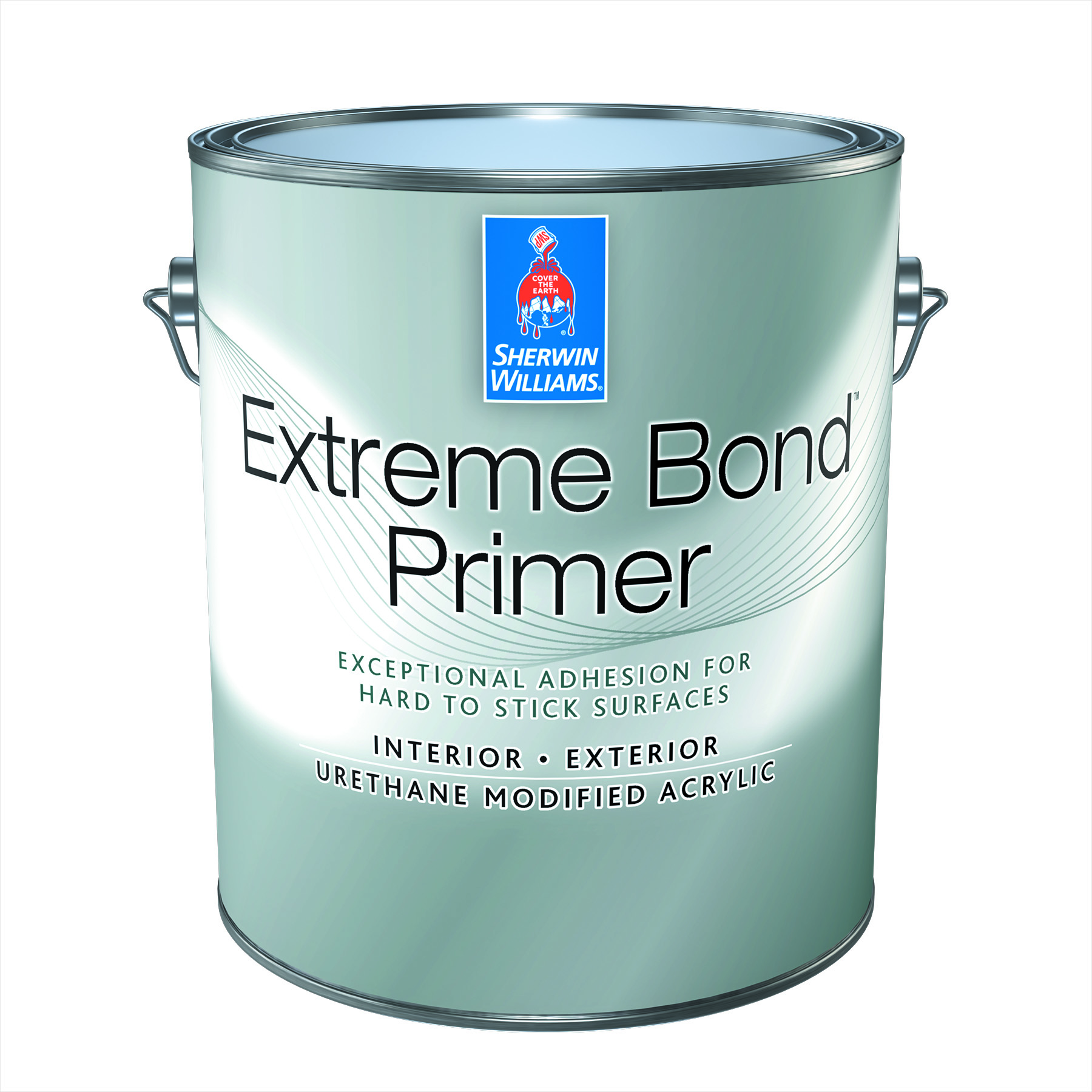Choosing the Right Primer for Wood Cabinets

Priming your wood cabinets before painting is essential for a smooth, even finish that lasts. It helps the paint adhere better, prevents the wood from absorbing the paint unevenly, and hides any imperfections in the wood. But with so many different types of primers available, choosing the right one can feel overwhelming. Don’t worry, we’re here to break it down for you.
Types of Primers for Wood Cabinets
Primers are available in various types, each with its unique characteristics. Understanding these differences will help you choose the best primer for your specific needs.
- Oil-based Primer: Known for its excellent adhesion to various surfaces, including bare wood, and its ability to seal in knots and stains. It also provides a durable finish that resists moisture and mildew. However, it has a longer drying time than latex primer and can be more difficult to clean up.
- Latex Primer: Offers good adhesion, dries quickly, and is easy to clean up with soap and water. It’s also low in VOCs, making it a more environmentally friendly option. However, it may not be as durable as oil-based primer and might not be suitable for all surfaces.
- Shellac Primer: A natural primer made from the resin of the lac bug. It’s known for its ability to seal in tannins and prevent bleeding through the paint. Shellac primer is also fast-drying and easy to sand. However, it’s not as durable as other primers and can be more expensive.
- Epoxy Primer: Provides a very strong and durable bond to surfaces, making it ideal for high-traffic areas or surfaces that will be exposed to harsh conditions. It’s also resistant to moisture, chemicals, and mildew. However, epoxy primer can be difficult to apply and requires proper preparation.
Factors to Consider When Choosing a Primer
Choosing the right primer for your project involves considering several factors. Here’s a guide to help you make the best decision.
- Condition of the Wood: If the wood is bare, an oil-based primer is generally a good choice. If the wood is already painted, a latex primer may be sufficient. For wood with knots or stains, consider using a shellac primer to prevent bleeding.
- Type of Paint to be Used: Oil-based primers are compatible with both oil-based and latex paints. Latex primers are only compatible with latex paints. If you plan to use oil-based paint, an oil-based primer is recommended.
- Desired Finish: If you want a smooth, even finish, consider using a primer that is specifically designed for this purpose. For example, a primer for cabinets or trim will typically provide a smoother finish than a general-purpose primer.
Preparing Wood Cabinets for Priming: Best Primer For Wood Cabinets

You’ve got your primer, you’ve chosen the right one, now it’s time to prep those cabinets for a smooth, flawless finish. It’s like getting ready for a big night out – you wouldn’t go out without a little prep, right? The same goes for your cabinets. A little effort now will save you a lot of headaches later.
Cleaning Wood Cabinets, Best primer for wood cabinets
Before you start sanding or filling, it’s important to give your cabinets a good clean. Think of it as a fresh start. Remove dust, dirt, grease, and any other debris that could interfere with the primer’s adhesion. Use a mild soap and water solution, or a specialized wood cleaner. You can also use a tack cloth to pick up any remaining dust particles.
Sanding Wood Cabinets
Once your cabinets are clean and dry, it’s time to sand them down. This helps to create a smooth surface for the primer to adhere to, and it also helps to remove any imperfections like scratches or dents. Start with a coarse-grit sandpaper (around 120 grit) to remove any major imperfections, and then move to a finer-grit sandpaper (around 220 grit) to smooth out the surface. Sand with the grain of the wood to avoid creating scratches.
Filling Holes and Cracks
Now that your cabinets are smooth, it’s time to fill any holes or cracks. This helps to create a uniform surface for the primer to adhere to. Use a wood filler that is compatible with your cabinets, and apply it with a putty knife. Let the filler dry completely before sanding it down smooth with fine-grit sandpaper.
Removing Old Paint or Varnish
Sometimes, you need to remove old paint or varnish before you can prime your cabinets. This can be a bit of a chore, but it’s necessary for a smooth, even finish. You can use a paint stripper, a sander, or a heat gun to remove old paint or varnish. Be sure to wear protective gear and follow the manufacturer’s instructions carefully.
Remember, proper surface preparation is key to a successful priming job. A little extra effort now will save you a lot of time and frustration in the long run.
